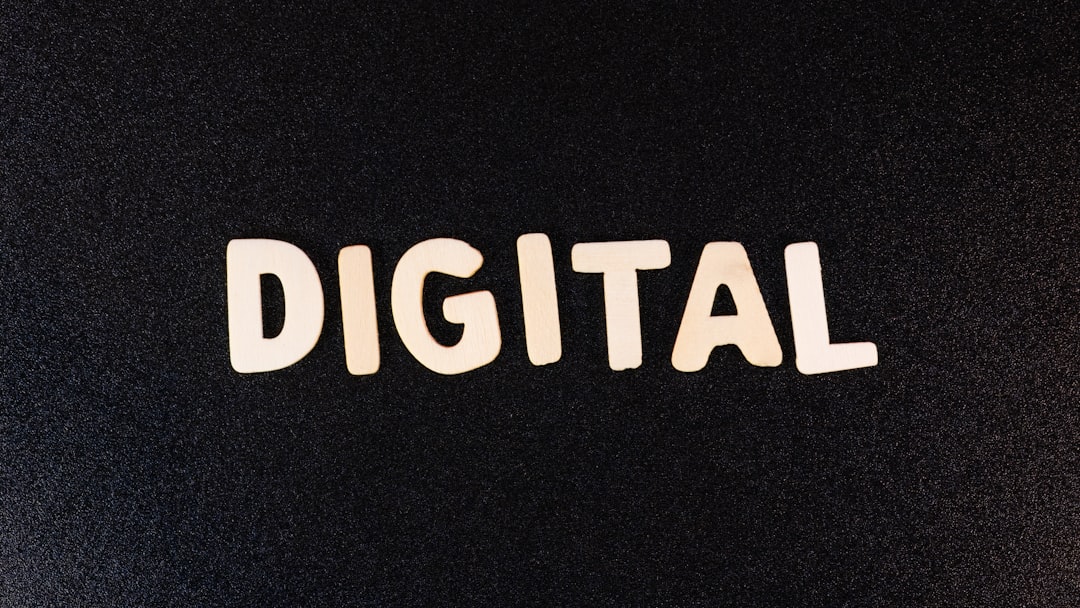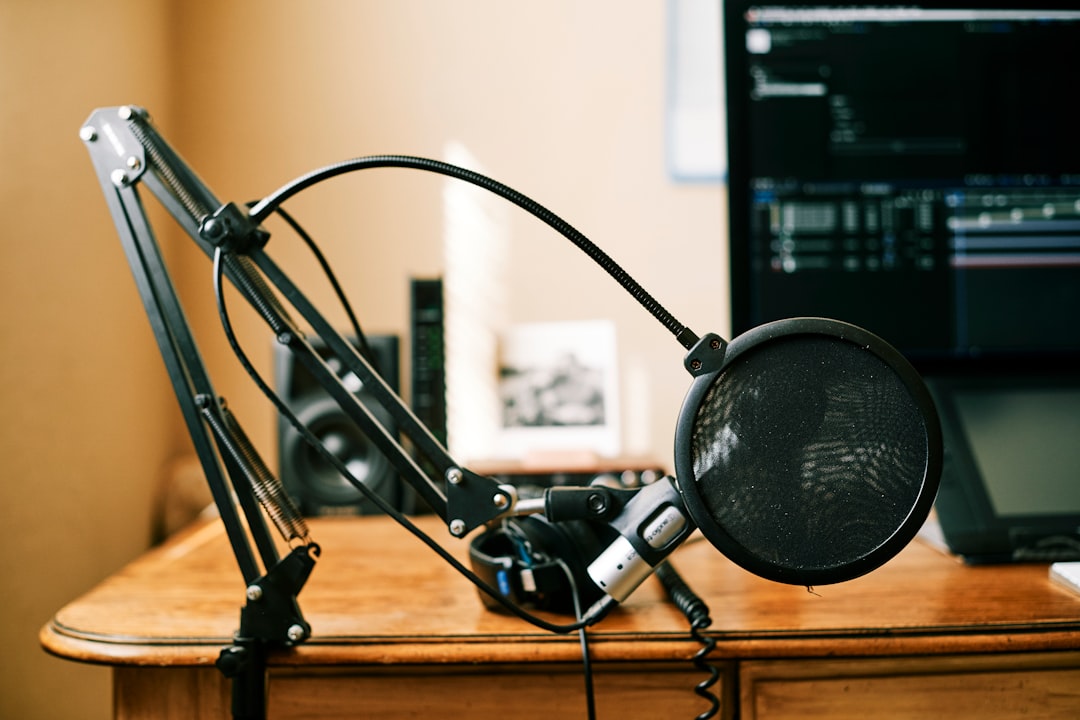My Guide to Setting Up an Accessible Audio Library.
My Guide to Setting Up an Accessible Audio Library
The world of audiobooks, podcasts, and spoken-word content has exploded, offering rich experiences for learning, entertainment, and connection. Yet, for many, navigating this sonic landscape can be a frustrating, even impossible, task. This isn’t just about a preference for audio; for individuals with visual impairments, dyslexia, or motor disabilities, audio content can be the primary or even sole means of accessing information and stories. That’s where the idea of an accessible audio library truly shines. It’s not just about having a collection of audio files; it’s about creating a digital space where everyone, regardless of their abilities, can effortlessly discover, enjoy, and engage with sound.
As someone deeply committed to digital inclusion, I’ve spent considerable time exploring the nuances of building such a library. My journey has involved sifting through various platforms, understanding diverse user needs, and meticulously refining content presentation. This guide consolidates my learnings and offers a practical roadmap for anyone looking to create a truly inclusive audio resource. We’ll move beyond generic setup advice to focus specifically on the critical elements that make an audio library accessible, ensuring it serves the widest possible audience and embodies the spirit of digital accessibility standards from conception to deployment.
Unpacking “Accessible”: What It Truly Means for Your Audio Collection
Before diving into the technicalities, it’s vital to grasp the multi-faceted nature of “accessibility” in the context of an audio library. It’s far more than just “making it easy to hear.” True accessibility embraces a broad spectrum of user needs, covering various disabilities, technological preferences, and situational limitations. It aligns with the Web Content Accessibility Guidelines (WCAG)‘s core principles: Perceivable, Operable, Understandable, and Robust (POUR).
Beyond Hearing Impairment: A Broader View of User Needs
- Visual Impairments: Users who are blind or have low vision rely heavily on screen readers (like NVDA screen reader or JAWS) and keyboard navigation. Your library’s interface must be compatible, with clear semantic HTML, proper focus management, descriptive alt text for any visual elements (including cover art), and sufficient color contrast. Text-to-speech functionality for navigating menus and descriptions is paramount.
- Cognitive Disabilities: Individuals with cognitive processing differences (e.g., dyslexia, ADHD, learning disabilities) benefit from clear, consistent layouts, simple language, predictable navigation, and options to control playback speed. Avoid information overload and provide clear cues for user actions. Features like text highlighting during audio playback can significantly enhance comprehension.
- Motor Disabilities: Users who struggle with fine motor control (e.g., due to arthritis, Parkinson’s disease, or paralysis) may use alternative input devices (switches, joysticks, voice control) or require large, easily clickable targets. Keyboard-only navigation is paramount, ensuring all functionality is accessible without a mouse. Voice control compatibility, often facilitated by standard HTML elements, is also a significant advantage.
- Hearing Impairments: While an audio library seems inherently challenging for this group, accessibility here means providing comprehensive transcripts or captions for all audio content. This allows them to read along, follow the narrative, or understand the content through text. Interactive transcripts, where the text highlights as the audio plays, further enhance engagement and comprehension.
- Temporary or Situational Disabilities: Even fully abled users can experience temporary limitations (e.g., a broken arm making mouse use difficult, bright sunlight making screens hard to see, a noisy environment requiring captions). An accessible design benefits everyone, illustrating the power of universal design principles. Imagine trying to listen to an important podcast on a crowded train – having a transcript available is invaluable.
The goal is to implement universal design principles, ensuring that the library is inherently usable by as many people as possible, without the need for adaptation or specialized design. This holistic approach is guided by standards like the Web Content Accessibility Guidelines (WCAG), which provide a robust framework for digital accessibility, focusing on making content Perceivable, Operable, Understandable, and Robust (POUR).
The Economic and Social Imperative of Inclusive Design
Beyond the ethical considerations, building an accessible audio library offers tangible benefits. It expands your potential audience significantly, tapping into demographics often underserved by mainstream platforms. According to the WHO, over 1 billion people live with some form of disability. By making your library accessible, you are not only doing the right thing but also potentially reaching a vast, appreciative user base. Furthermore, accessible design often leads to better overall user experience for everyone, improved SEO (due to well-structured content and transcripts), and reduced legal risks associated with non-compliance with accessibility laws.
Laying the Digital Foundation: Platforms and Storage Choices
The core infrastructure of your accessible audio library will dictate much of its usability and scalability. This involves decisions about where your audio files live and what software manages them. These foundational choices are critical, as retrofitting accessibility onto an unsuitable platform can be far more challenging and costly than building it in from the start.

When I first considered building my own accessible audio library, the sheer number of options felt daunting. My primary concern was always: how will this choice impact a user relying on a screen reader or keyboard navigation? This lens helped me filter through the noise and prioritize solutions that offer flexibility and adherence to accessibility standards.
Choosing Your Hosting Environment: Self-Hosted vs. Cloud Solutions
Your hosting choice impacts performance, control, and cost. Each option has distinct advantages and disadvantages from an accessibility perspective:
- Self-Hosted Solutions: This involves running the library software on your own server (physical or virtual).
- Pros: Maximum control over customization, security, and specific accessibility features. No vendor lock-in. Examples include using a dedicated server with open-source media management software like Plex (which has some accessibility features for playback) or building a custom solution on a Linux server.
- Cons: Requires technical expertise for setup, maintenance, security updates, and ensuring high availability. Scalability can be complex. You are entirely responsible for meeting accessibility standards within your custom build.
- Cloud-Based Solutions: Leveraging services from providers like Amazon S3, Google Cloud Storage, or dedicated audio hosting platforms.
- Pros: High scalability, reliability, and often excellent global content delivery networks (CDNs) for fast playback. Reduced maintenance burden. Many cloud platforms offer robust APIs that can be integrated with custom accessible front-ends.
- Cons: Can be more expensive for large libraries or high bandwidth usage. Vendor lock-in is a possibility. While the underlying storage is accessible, you’ll still need to build or integrate an accessible user interface on top of it. Ensure the platform’s media player (if used) is accessible.
Regardless of your choice, ensure robust backup and disaster recovery strategies are in place. Data loss is a universal barrier to access.
Selecting Your Content Management System (CMS) or Platform
Once you have your hosting, you need software to manage the audio files, metadata, and user interactions. This is where the accessibility rubber truly meets the road.
- Custom-Built Platforms: For those with development resources, a bespoke solution offers ultimate control.
- Pros: Can be designed from the ground up with WCAG compliance in mind, tailored exactly to your specific user needs and content types.
- Cons: High development cost and ongoing maintenance. Requires a deep understanding of digital accessibility standards and front-end development best practices.
- Open-Source CMS with Audio Capabilities: Platforms like WordPress, Drupal, or Joomla can be extended.
- Pros: Large communities, many plugins/modules for audio, often more cost-effective. WordPress, for instance, has a strong accessibility team and many themes/plugins are built with accessibility in mind.
- Cons: You must carefully vet themes and plugins for accessibility. A poorly coded plugin can negate all your efforts. You might need custom development to achieve specific accessibility features not available out-of-the-box.
- Dedicated Audio Library Software/Platforms: Some platforms are specifically designed for audio content.




Post Comment